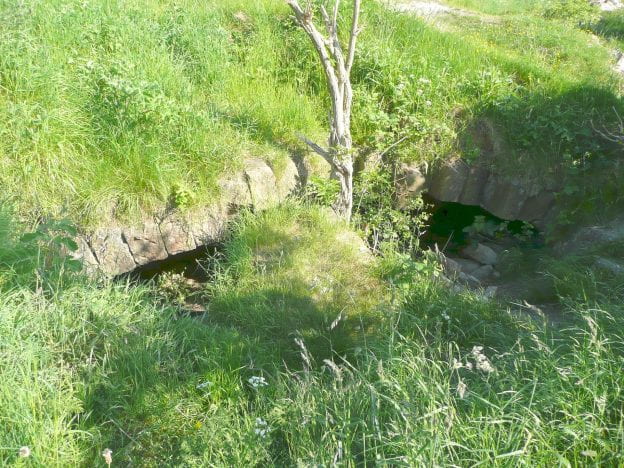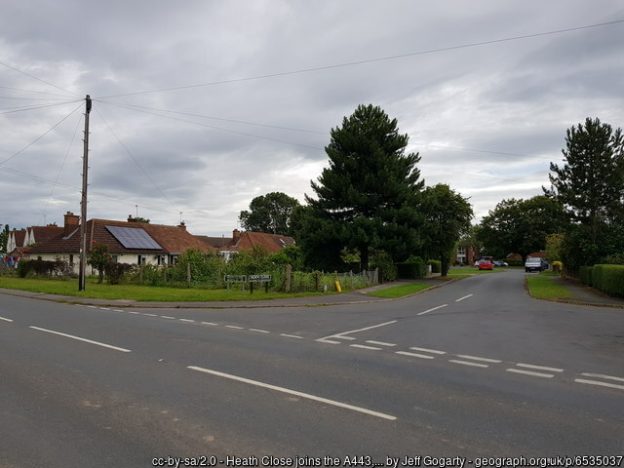Note that a slightly revised version of this has now appeared on the Bristol Law School Blog
In some work on qualification for tenancy by the curtesy a few years ago, I had occasion to look into cases relating to expectations as to who was present at a birth in medieval households (at least households of some wealth and land). The curtesy cases gave sometimes turned on matters occurring at or shortly after a birth, and thus included some interesting insights on what went on, or was thought to go on at this time. I hope that study added something to scholarship on medieval childbirth practices. Curtesy is not the only sort of legal proceeding in which we might see a description of childbirth or its aftermath however: there are some rather interesting comments on this in a case relating to trespass and ‘riott’, from the reign of Edward IV, which I will note here.[i]
The comments come in the petition presented in 1473 (and repeated in a King’s Bench plea roll of 1476) by a Yorkshire knight, Sir John de Assheton, in connection with his allegation of mistreatment at the hands of a group of ‘riottours’, at about 2 a.m. on 6th November 1470, with one John Myrfeld at the head of the list, who, he said, attacked his home at Howley (Morley, Yorks), took him off to Pontefract castle, and made him seal a bond in their favour. Partly as a strategy to show just how dastardly the ‘riottours’ were, but also partly to ward off any suggestion that he had given in and gone off with them rather too easily, Assheton made great play of the fact that, at the time they had attacked his place, his wife was in confinement (so, you see, his submission was really all noble and all about protecting his wife and others).
Anyway, whatever may be the reason for the mention of the childbirth scene, it does give a few interesting passages, which might be added to our knowledge of this part of medieval life.
So what do we get? Assheton does not bother to name his wife, which, of course, says much about her position in the grand patriarchal scheme of things (and I can’t help but think it’s rather weaselish when he is trying to use her to make himself look better …). He does tell us that she was ‘newely delyvered of child and liyng in childbed with other divers his susters, gentilwomen and frendes accompaigned’ at the time of the attack. Because of the attack, which was said to have involved pulling down walls, flashing of weapons (listed) and the application of ‘fyre’. Assheton did eventually say that he experienced ‘fere’, but only after he had attributed even stronger emotions to his ‘wif’, described as fearful, ‘in right grete dispare of hir lif’. The ‘gentilwomen’ who were with his wife, were also said to share her feelings.
Here, we also get a nice, almost throw-away comment: they were there with his wife ‘accordyng to the lawes of god and womanhode’. The job these words are doing, in his narrative, is, I think, that of highlighting the goodness, the good order, of the Assheton household, in order to make a telling, condemnatory, contrast with the ‘riotous’ and, perhaps ungodly, behaviour of his adversaries.
As he gets towards his own submission to the attackers, there is some repetition of remarks on the state of his wife, with some additions: she is ‘new in child bed’ but now also ‘in the bandes of our lady’ and cannot be moved without ‘ieop[ar]dy of hir deth’. The ‘bandes of our lady’ are rather interesting: should we be thinking about metaphorical ‘bandes’, or should we be thinking about the use of some sort of birthing girdle, or, indeed, both of the above? This might be a conventional saying, unknown to a simple legal historian, but perhaps not: might it shed some light on perceived workings of medieval delivery-protection practice?
Assheton does list the saving of his own life as well as hers, and those of the others present, as motives for his surrender, but the point has been made – he was really thinking of his wife (damn, what was her name again?).
Nothing much turns on these childbed allegations, and the case takes off in a different direction, but it is good to get these small clues and pieces of description. While Prof. Monica Green has made a strong case for the moves of male medieval medical professionals into the area,[ii] this case reinforces the idea of conventional childbirth being a women-only event (or at least being held up as women-only, possibly for rhetorical purposes). This women-only quality is given divine backing, as well as the sanction of ‘the lawe of womanhode’ (which I have not seen before). It raises all sorts of questions about ideas of both ‘lawe’ and ‘womanhode’, and about how this concept relates to the more familiar ‘secrets of women’. Much to ponder.
GS
4/2/2024
Update
Very satisfying – I have matched this case to the Year Book report, which is Seipp 1476.015. This, incidentally, puts the (still unnamed) wife in the forefront of the allegation in the case, making it one of Mirfield (or ‘J Marsel’) having ousted W and Ashton’s servants from P’s house. Interesting change of emphasis, effacing John Assheton’s capitulation and fears. What to conclude from this, other than a reinforcement of the need for caution in deducing attitudes to gender from just one medieval legal source?
8/2/2024
Image – yes, I know this is a later ruin, but still, vaguely appropriate.
[i] KB 27/858 m. 66 ff. The petition comes from 1473.
[ii] See, in particular, M. Green, Making Women’s Medicine Masculine: The Rise of Male Authority in Pre-Modern Gynaecology (Oxford, 2008).




